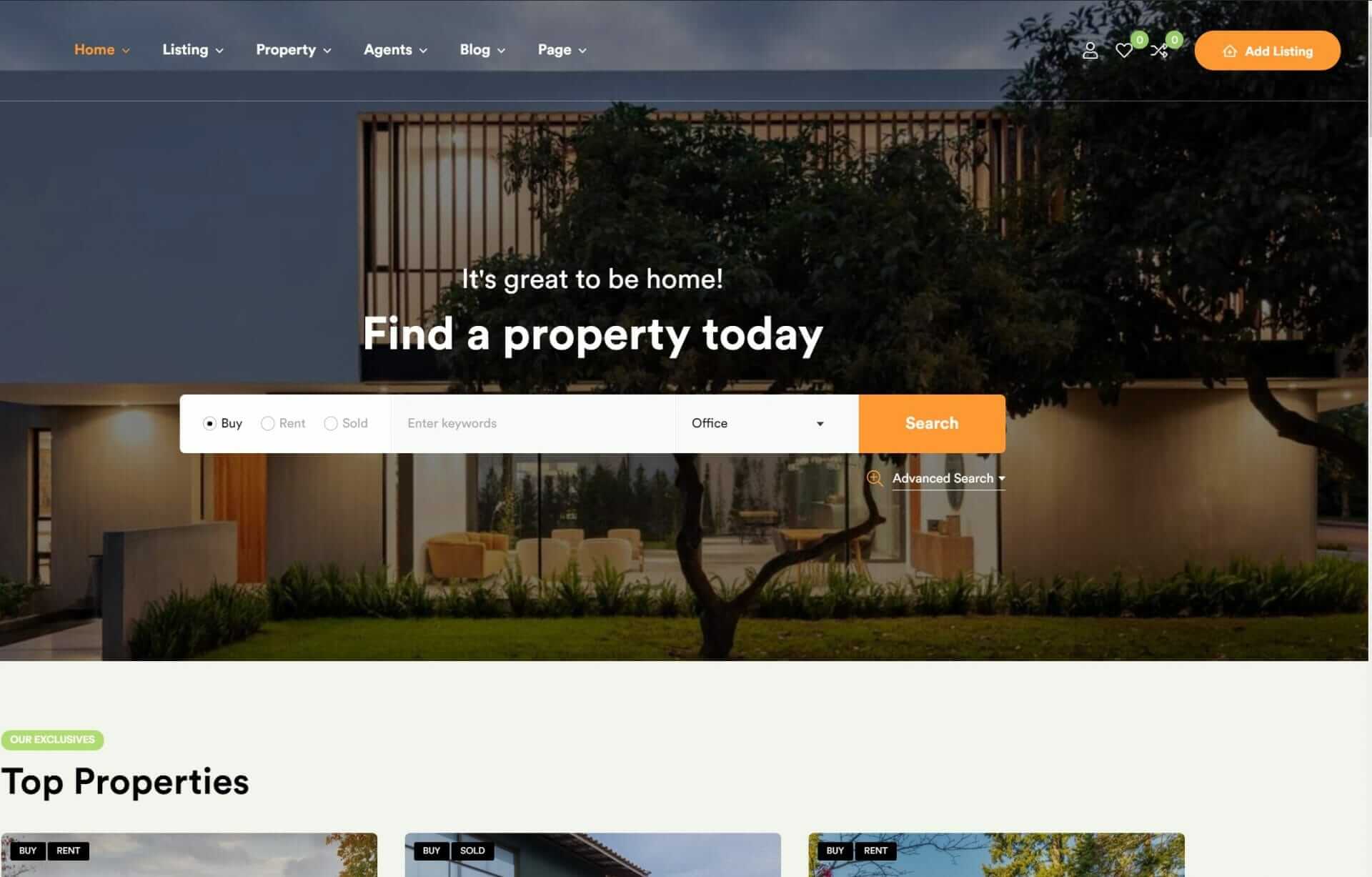When you style web pages with CSS techniques, you gain precise control over the visual aspects of your online presence, allowing you to create a consistent and engaging user experience. By leveraging CSS, you can customize typography, colors, and spacing to elevate your web design, making it more visually appealing and user-friendly. You’ll also streamline your web development process and enable responsive designs that adapt to various devices. As you explore the world of CSS, you’ll discover how to enhance accessibility, improve page loading times, and achieve a polished, professional appearance that sets your website apart.
What Is CSS in Web Design
When you design a website, CSS (Cascading Style Sheets) is the design language that allows you to control the visual presentation of your web pages. You get to decide the layout, colors, fonts, and spacing that create a visually appealing experience for your users.
With CSS, you can separate content from design, making it easier to update and maintain the appearance of your website. This separation of content and design also enables you to apply consistent styling across multiple web pages, ensuring a cohesive and professional look.
As you work with CSS, you’ll discover how it enhances the user experience and improves accessibility. You’ll be able to create responsive designs that adapt to various devices, from desktops to mobile phones.
By defining styles with CSS, you’ll have the power to transform your web pages into engaging and interactive experiences. Whether you’re a seasoned developer or just starting out, CSS is an essential tool for crafting a unique and alluring style that sets your website apart.
Benefits of Using CSS Techniques
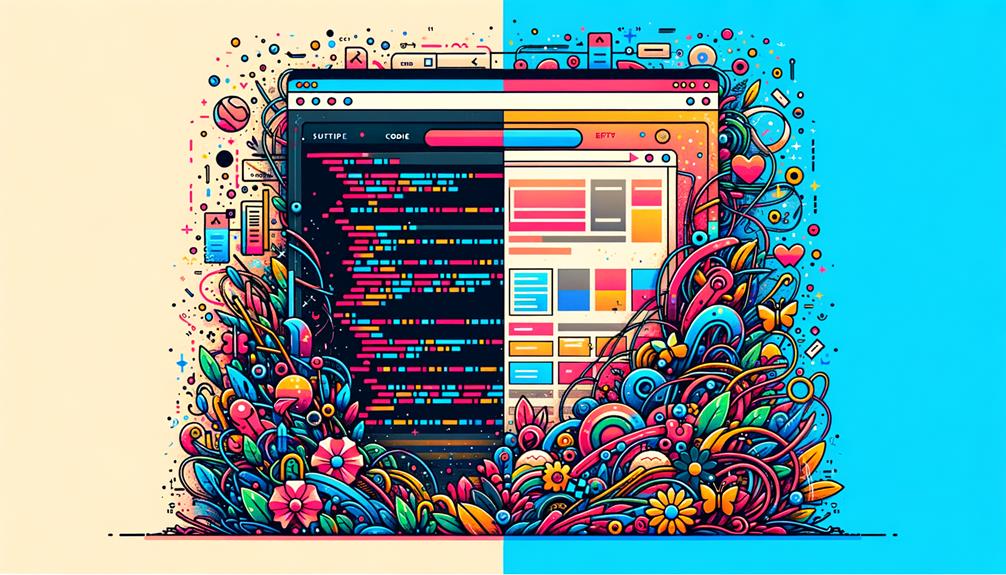
As you start using CSS techniques, you’ll notice a significant improvement in your web page’s layout and overall user experience.
You’ll be able to create visually appealing and consistent designs across all your web pages, making it easier for visitors to navigate and engage with your content.
Enhance Web Page Layout
By utilizing CSS techniques, you can take charge of your web page layout and transform it into a visually attractive, user-friendly, and highly versatile design. With CSS, you get to decide how elements are positioned and aligned on your web page, creating a uniform and responsive layout that adapts seamlessly to different devices.
You’re in control, and with the right CSS rules, you can create a stunning visual presentation that enhances readability and delights your audience. CSS properties allow you to customize typography, colors, and spacing to create a unique and captivating design. Plus, CSS techniques enable you to separate content from design elements, streamlining your web development process.
By harnessing the power of CSS, you can refine your web page’s layout and styling without altering the underlying content structure. This flexibility is a game-changer, making CSS an essential part of modern web designs. By mastering CSS techniques, you can explore a world of possibilities and elevate your web page layout to new heights.
With CSS, creating visually appealing and consistent styling has never been easier, and responsive designs are just a few lines of code away.
Improve User Experience
CSS methods play a vital role in enhancing user experience by transforming your website into an aesthetically pleasing and user-friendly platform that fosters engagement and satisfaction. By utilizing CSS, you can create a consistent styling across web pages, making it easier for users to navigate and find what they’re looking for. Responsive web design, enabled by CSS methods, guarantees that your website adapts to various devices, providing an excellent viewing experience.
| CSS Method | Benefit | Result |
|---|---|---|
| Consistent Styling | Improves usability | Enhanced user experience |
| Responsive Web Design | Guarantees excellent viewing | Increased user satisfaction |
| Faster Page Loading Times | Reduces wait time | Improved engagement |
| Visual Appearance | Enhances website aesthetics | Increased credibility |
| Easy Updates | Simplifies maintenance | Reduced development time |
CSS Vs HTML in Web Development
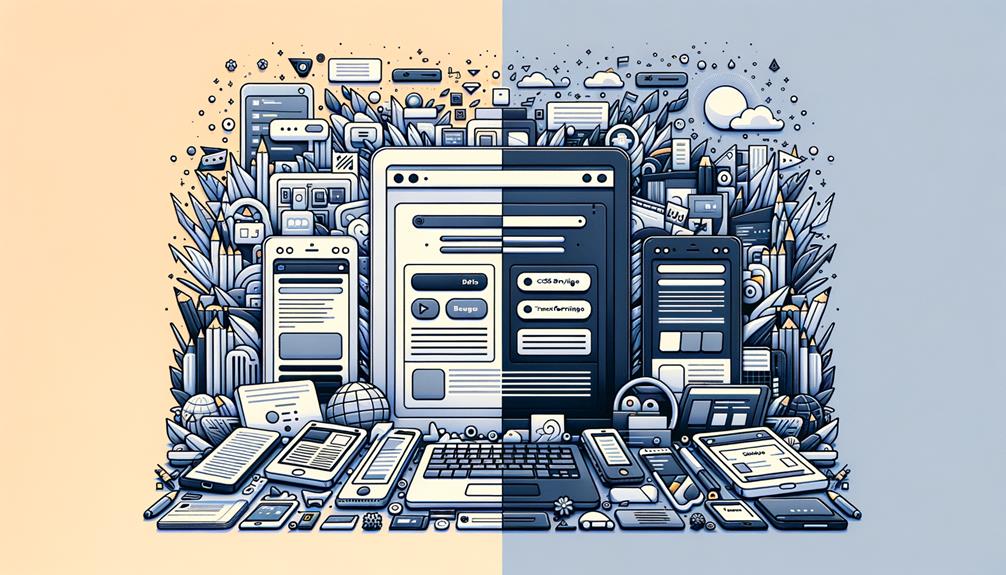
When building a website, you need to understand the fundamental difference between HTML and CSS, two distinct yet complementary languages that work together to create a seamless user experience.
In web development, HTML defines the structure and content of web pages, while CSS focuses on visual styling. Think of HTML as the skeleton of your website, providing the framework for your content, and CSS as the skin that enhances its appearance.
Here are the key differences between CSS and HTML:
- CSS enhances the visual styling of HTML elements, making your website more engaging.
- HTML organizes and structures content, providing a foundation for your web pages.
- Understanding the roles of CSS and HTML is pivotal for creating visually appealing and interactive websites.
- Both CSS and HTML are essential for designing engaging web pages with a seamless user experience.
How to Style Web Pages Effectively
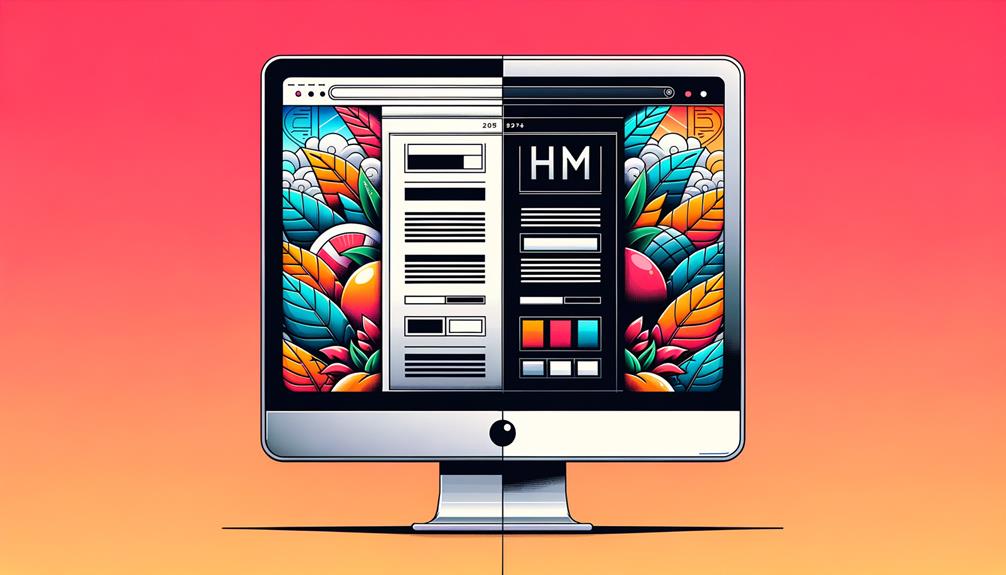
Now that you understand how CSS and HTML work together to create a seamless user experience, you can focus on leveraging CSS techniques to style your web pages effectively and consistently.
As a web designer, you’ll appreciate how CSS enables you to customize the appearance and layout of your web content, giving you complete control over the visual elements of your web pages.
With CSS, you can create styles that not only enhance the user experience but also improve readability and accessibility.
Role of CSS in Web Accessibility

As you design your web pages, leveraging CSS techniques plays an important role in ensuring that your online content is accessible to all users, regardless of their abilities.
By using CSS, you can create accessible designs that cater to users with disabilities, making your website compliant with accessibility guidelines.
Here are some ways CSS contributes to web accessibility:
- Enhances readability for users with visual impairments through customizable font sizes, colors, and contrast ratios.
- Allows for the separation of content and presentation, enabling the implementation of accessible design patterns and practices.
- Enables designers to create inclusive designs that can be accessed by a wider audience, including those with disabilities.
- Helps developers optimize website accessibility, providing an equal online experience for all users.
Advantages of CSS for Web Designers
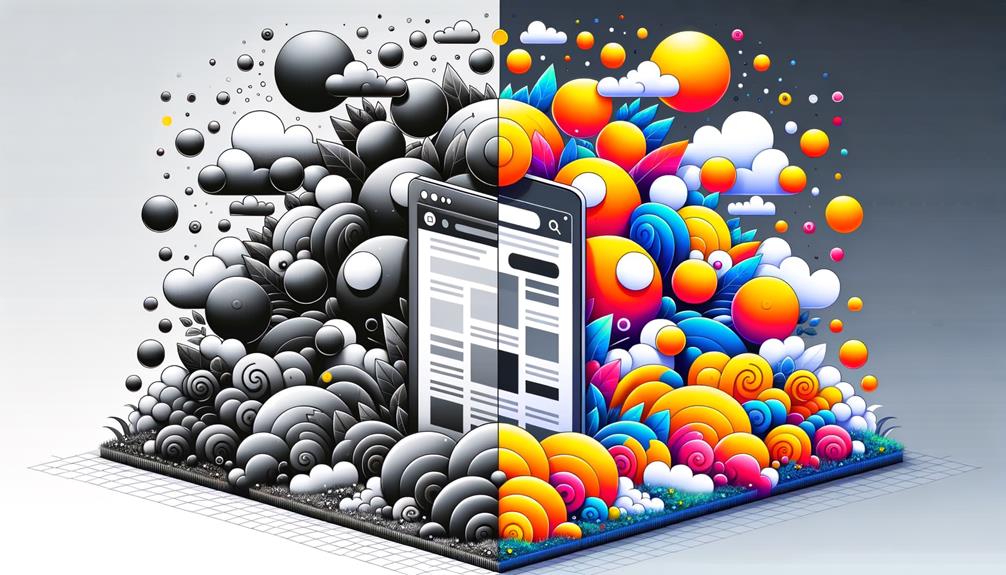
You can greatly streamline your web design workflow and boost the overall quality of your website by leveraging the advantages of CSS. As a web designer, you’ll appreciate how CSS enables consistent styling across multiple web pages, ensuring a cohesive visual identity for your website. This not only saves you time but also reduces the workload, allowing you to make easy updates and modifications to design elements.
Your users will also benefit from improved page loading times, leading to a better user experience, higher engagement, and lower bounce rates.
With CSS, you can create responsive designs that adapt to different screen sizes and devices, improving accessibility and usability. You’ll have complete control over the layout, colors, fonts, and other visual aspects of your website, resulting in a more polished and professional appearance.
To Recap
You’ve now seen the power of CSS techniques in styling web pages.
Surprisingly, did you know that 62% of websites use CSS frameworks like Bootstrap to streamline their design process?
By harnessing the benefits of CSS, you can create visually appealing and user-friendly websites that stand out from the crowd.
With its numerous advantages, including improved web accessibility and flexibility, CSS is an essential tool for any aspiring web designer looking to make a lasting impact online.







